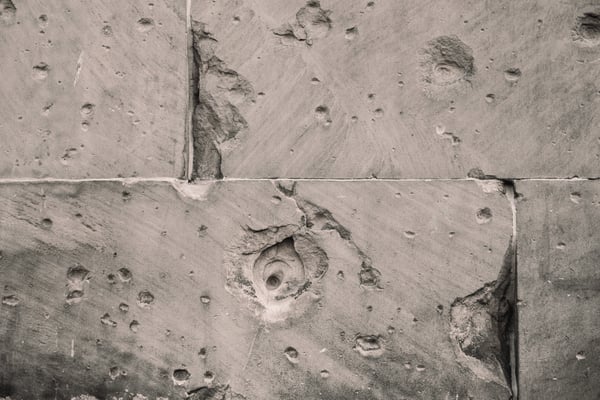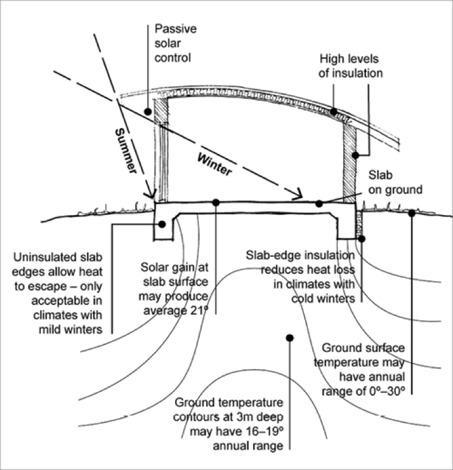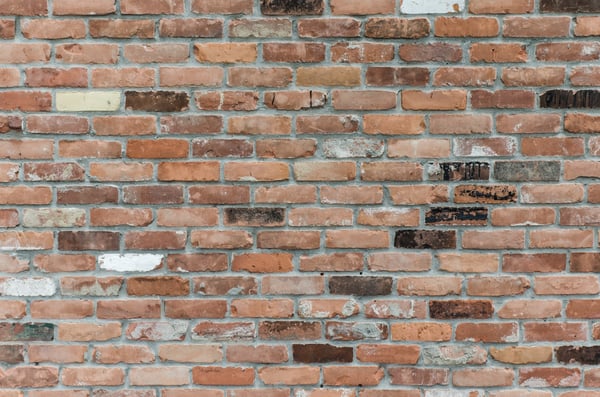Thermal mass stores heat from the sun during the day and re-releases it when it is required. Heat is released usually during the night as the temperature drops
Thermal mass is an integral factor that influences a home’s energy rating, as it can significantly increase thermal comfort and reduce energy consumption. Appropriate use of thermal mass throughout your home can make a huge impact on its thermal energy rating. Materials such as concrete, bricks and tiles are of high density, and therefore have a high thermal mass.

We measure home energy ratings through a NatHERS assessment which is calculated through a process of thermal modelling. A designs thermal mass capability is a major contributing factor in determining a NatHERS star rating.
The qualified team at Certified Energy can provide your project with a NatHERS assessment, and ensure your project reaches its full star potential.
How can Thermal mass concepts be put into production to increase the energy rating of a home?
The Australian climate spoils us with a lot of sun in the winter. In rooms with plentiful access to the winter sun, it is useful to connect the thermal mass materials to the earth, as it has greater thermal mass due to its direct contact to the ground. An example of this is a slab on ground construction.
 (Source: http://www.yourhome.gov.au/passive-design/thermal-mass)
(Source: http://www.yourhome.gov.au/passive-design/thermal-mass)
Masonry Walls also provide great thermal mass for a home. Using recycled bricks in masonry walls and reverse brick veneers can increase a home’s thermal rating. It is recommended to avoid finishing masonry walls with plasterboard, as this insulates the thermal mass from the interior and reduces the materials capacity to absorb or release heat.

In Josh’s (2013) 10-star energy house, internal walls were generally plastered single leaf brickwork, with some double brick walls used to add additional thermal mass to the main living areas. A combination of reverse brick veneer and double brick walling was also used to achieve a 10-star rating.
It is important to use high thermal mass materials in areas of high traffic, and optimise low thermal mass materials such as timber where heating and cooling isn’t of a high importance.
Contact the team at Certified Energy today to learn how to maximise the thermal capabilities of your home! We can help you get a 10-star rating!
Sources: